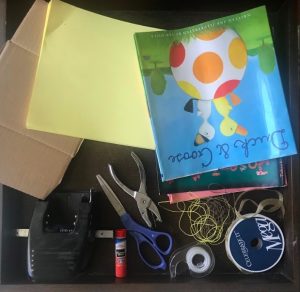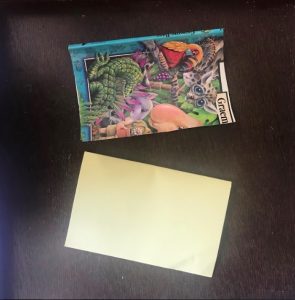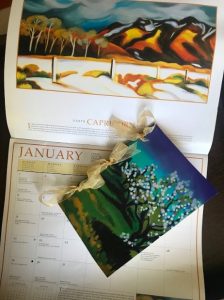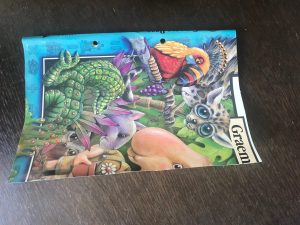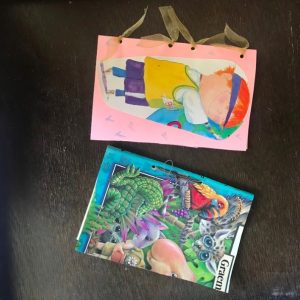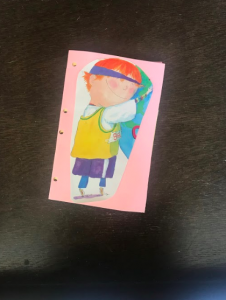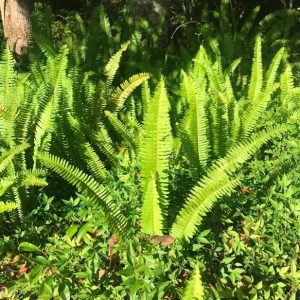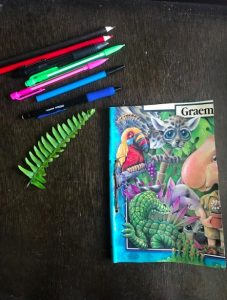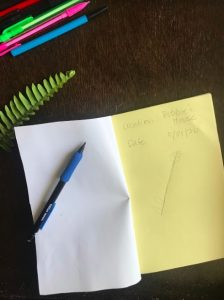
Pierre-Joseph Redouté, Rosa Alpina Vulgaris, 1817-1824, Stipple engraving, hand colored, Gift of an anonymous donor, 2011.28.5
Artists and scientists rely upon careful observations to discover and represent new ideas. The deft eye and trained hand of the visual artist can help us all to realize the intricacies of the natural world.
In botanical journals, naturalists drew the leaves, stems, root systems, fruits and flowers of the plants they encountered so that this information could be shared with others and used to compare and contrast with other discovered plants.
An artist and a scientist, Pierre-Joseph Redouté was based in Paris beginning in 1782. He worked from live specimens which he often viewed under a microscope. The combination of scientific accuracy combined with artistic skill make him one of the greatest botanical artists of all time.
WHAT YOU WILL DO
1. Construct a journal from blank paper and repurposed paper goods.
2. Bind the journal using ribbon or twine.
3. Use the journal to record details of the plants around you.
WHAT YOU WILL NEED
- Blank letter-sized paper
- Hole puncher
- Pencil
- Magazines, old book sleeves, or other recycled paper
- Ribbon or twine
- Glue
CONSTRUCT YOUR JOURNAL
1. Take about 6 to 8 pieces of paper (letter sized, 8 ½ x 11 in.) and fold them in half.
2. Select some thicker paper to serve as the cover. This can be recycled cardboard from old calendars or book sleeves, or you can use construction paper. This paper should be at least the size of letter paper because it will fold around the inner paper and serve as the front and back cover of your journal.
3. Slide the folded blank paper inside the selected cover. You may need to trim it to fit.
4. Punch at least 2 holes on the left hand side of all of the papers put together. This will be where you bind the journal. You can have up to four holes if you choose!
5. Use the twine or ribbon to tie through the holes and hold the journal together.
6. You can add to the decorations on the cover of your journal using cut paper and glue.
USE YOUR JOURNAL
1. Take your journal into your yard or explore your neighborhood. What plants can you find? Look for details in the leaves, flowers, and stems.
2. Record your observations using a pencil or marker.
3. Write the DATE and LOCATION on the page so that you will have a record of the FLORA in your environment.
